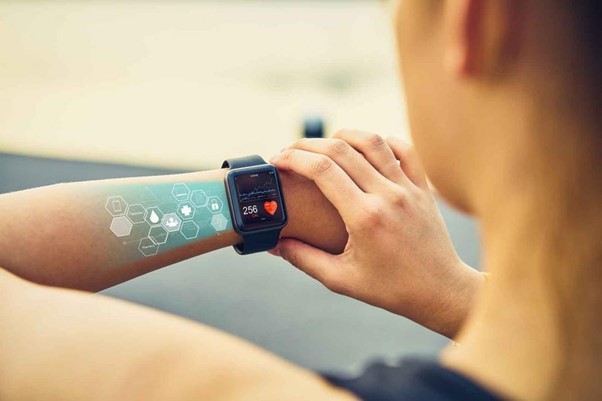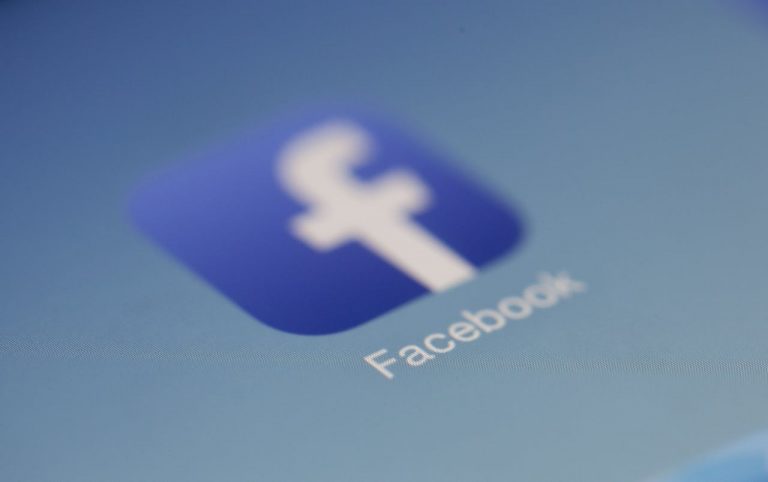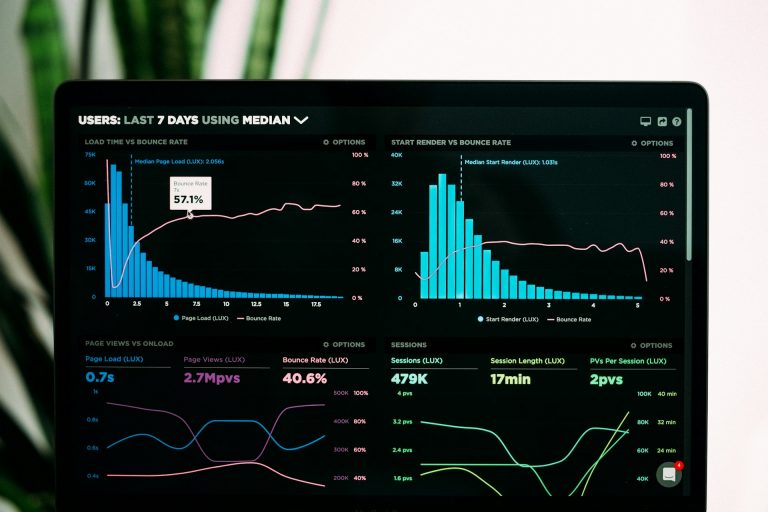According to Statista, as of 2022, there were approximately 8.6 billion global mobile device subscriptions. However, mobile applications offer more than just marketing and e-commerce benefits. They bring real utility to both business and personal productivity. Regardless of your target audience, innovation remains a vital element for success. A great starting point is gaining insights into emerging trends in mobile app development. As you explore these innovations, contemplate how each one can serve as an advantage for your business.
Future of Mobile Productivity: Trends and Innovations
#1 Mass adoption of 5G
The advantages of 5G over its predecessor, 4G, are numerous. It offers faster connectivity, ultra-low latency of less than one millisecond, an enhanced user experience, and improved functionality. Furthermore, 5G service providers deliver increased data capacity and superior services.
From the point of view of mobile productivity, 5G is not a panacea; a lot depends on the performance of the mobile device itself. To improve iPhone performance, you can use CleanUp Cleaner. This phone app can save you from various types of garbage. Basically, iPhone clean up app removes temporary files and the data that the applications themselves generate. That is everything that is of low value. With a cleaner app, you can remove temporary files, duplicate files, cookies, and cache. Once you clear your device of junk, it will run much faster and you can realize the benefits that 5G brings.
#2 Mobile payments
Payment applications have been present for quite some time now, and the market is currently thriving and diverse. Banks, operators, and independent service providers have contributed greatly to its continued growth, offering a wide array of impressive solutions, including PayPal, Google Pay, Apple Pay, Samsung Pay, Venmo, Cash App, Zelle, and more.
Mobile payments offer convenience, speed, and, most importantly, safety. Technological advancements have played a pivotal role in shaping our expectations beyond 2023, as they enhance functionality, automation, safety features, and privacy. According to ReportCrux, the market is projected to reach a staggering USD 8,724.2 billion by the end of 2027, with a remarkable CAGR of 34.2%. This growth is particularly impressive when considering that in 2019, it amounted to only USD 827.6 billion.
#3 Implementation of additional security measures
Modern smartphones are characterized by their advanced biometrics technologies. Fingerprint, face, voice recognition, iris scanning, and whole-hand scanning are utilized by most smartphones today. These features not only secure the device but can also be used for mobile applications and access to external systems. For instance, a user can authenticate themselves using biometric technology on their phone to gain entry to a secure room or a business’s safe.
#4 Artificial Intelligence and Machine Learning
Mobile app developers have an additional valuable tool at their disposal: artificial intelligence. According to a report, the mobile AI market reached a value of USD 2.14 billion in 2021 and is projected to grow to $9.68 billion by 2027. AI can be leveraged in various ways within mobile applications, such as data analysis and learning, supporting backend roles, and incorporating conversational features through natural language processing.
#5 Wearables
Various wearable devices such as smart jewelry (rings, wristbands, watches), body-mounted sensors, and fitness trackers serve different purposes. Statista predicts that the number of wearables will exceed 1 billion by the end of 2022, with the wearables market projected to surpass $54 billion in 2023 according to Globaldata.
Wearables offer more than just fashionable accessories. Many individuals use smartwatches as fitness trackers to monitor their health. In 2020, Northwestern University and Shirley Ryan Ability Lab in Chicago conducted groundbreaking research using a wearable device to detect early signs and symptoms of COVID-19 patients.
#6 Customization
Developing Super Apps, implementing the Internet of Things and beacon technologies, along with AR / VR, poses a greater challenge for companies. Creating a cohesive business environment and ensuring a seamless user experience can prove to be more demanding than the actual technology development.
User acquisition, service adoption, and ultimately user retention necessitate customization and optimization. Customizing apps becomes an essential feature. As the complexity of an app increases, the importance of data-driven processes escalates. This includes optimizing product pages on all app stores, as well as effective promotion and marketing strategies.
Conclusion
AI, 5G, mobile payments, and additional security measures are the basis of the future. It is these technologies that create the conditions for increased productivity of smartphones, applications, and their users. AI helps analyze and predict, biometrics protects and speeds up access to important information, and 5G increases surfing speed. Mobile payments offer smoother access to financial transactions. Wearable technology makes it even less likely to take out your phone for basic tasks.










